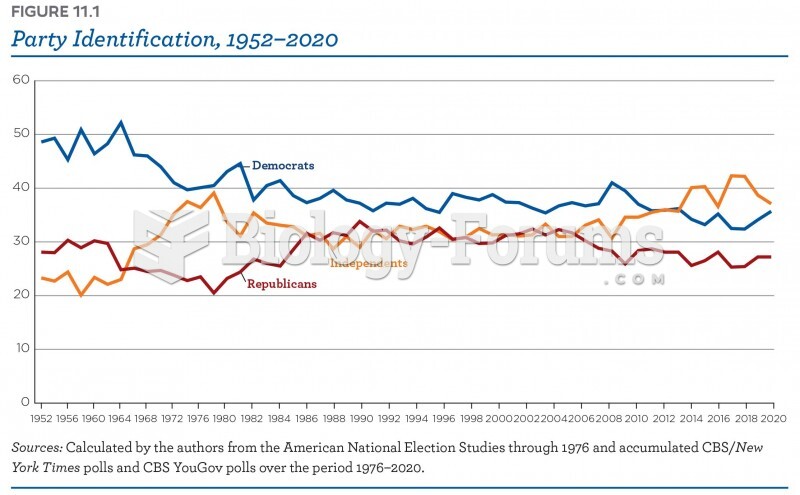|
|
|
Opium has influenced much of the world's most popular literature. The following authors were all opium users, of varying degrees: Lewis Carroll, Charles, Dickens, Arthur Conan Doyle, and Oscar Wilde.
Bacteria have flourished on the earth for over three billion years. They were the first life forms on the planet.
When Gabriel Fahrenheit invented the first mercury thermometer, he called "zero degrees" the lowest temperature he was able to attain with a mixture of ice and salt. For the upper point of his scale, he used 96°, which he measured as normal human body temperature (we know it to be 98.6° today because of more accurate thermometers).
Drying your hands with a paper towel will reduce the bacterial count on your hands by 45–60%.
Medication errors are more common among seriously ill patients than with those with minor conditions.







